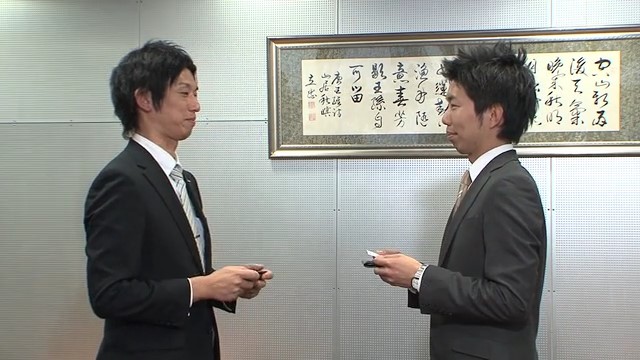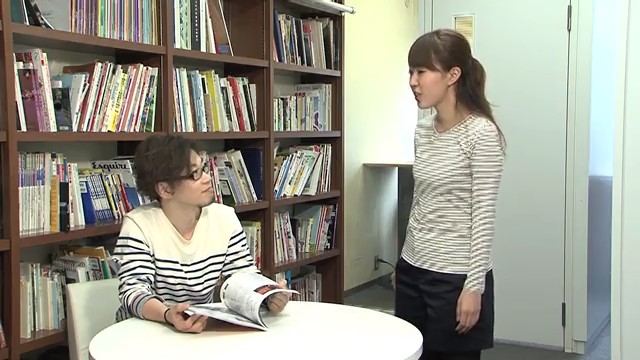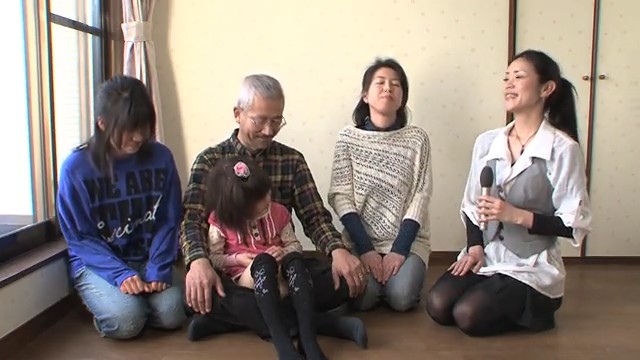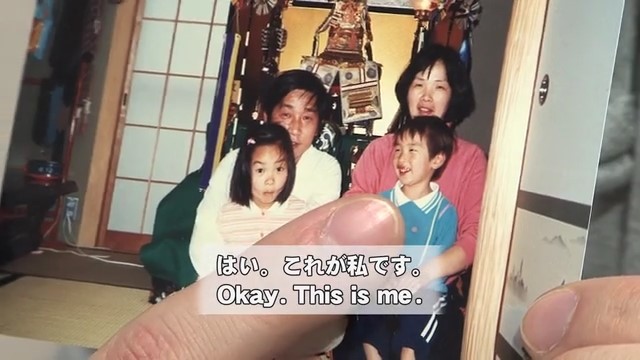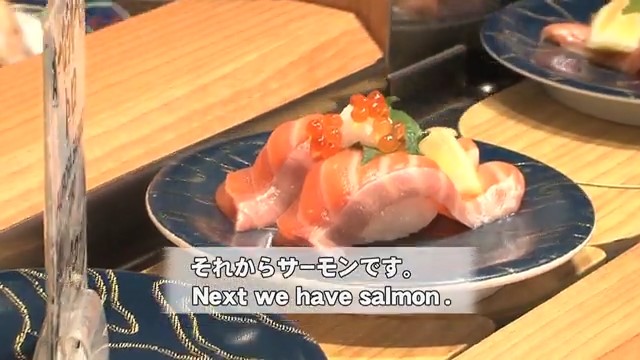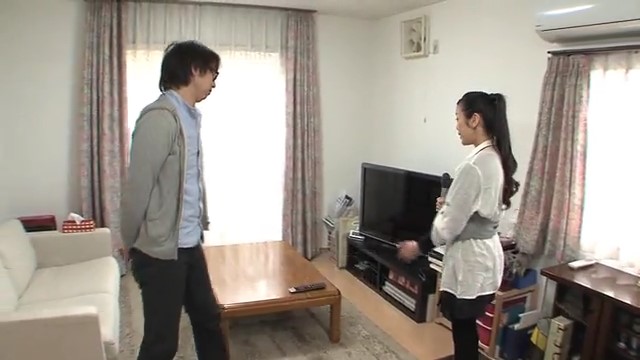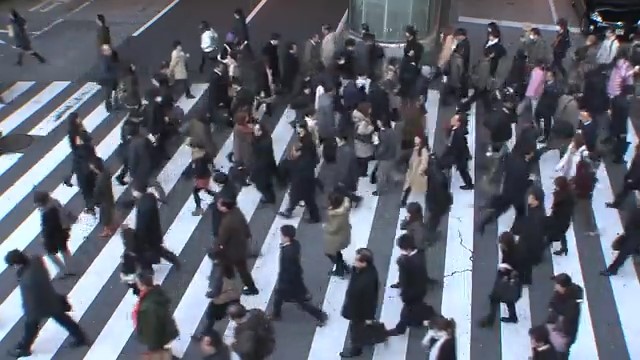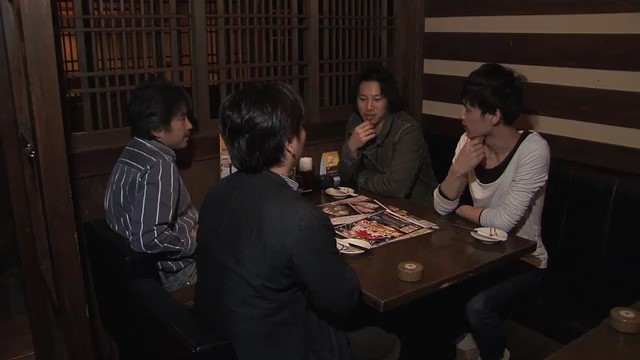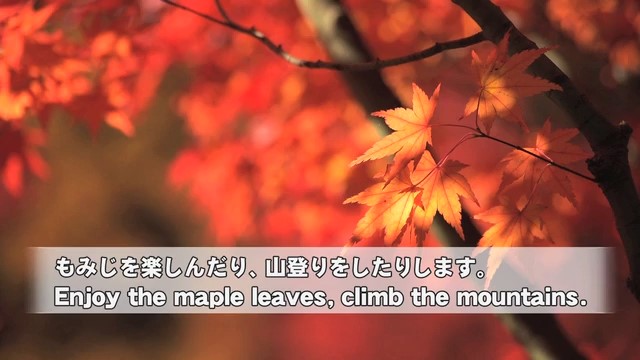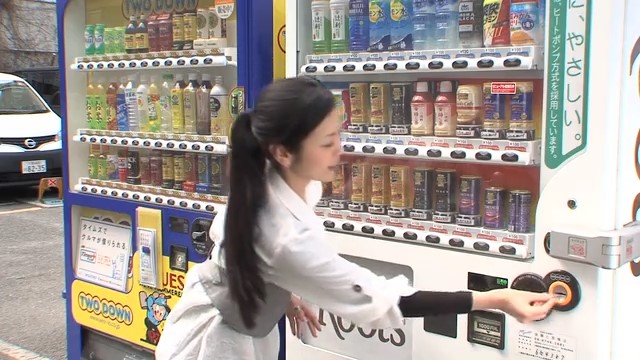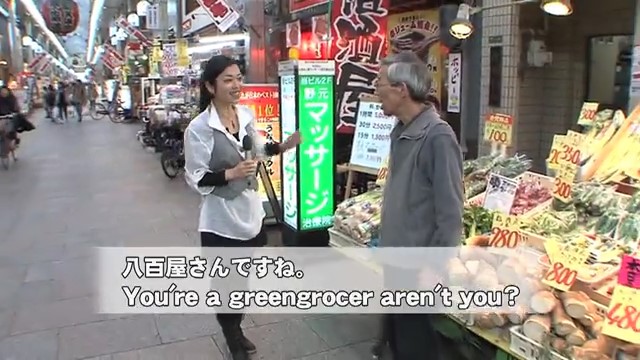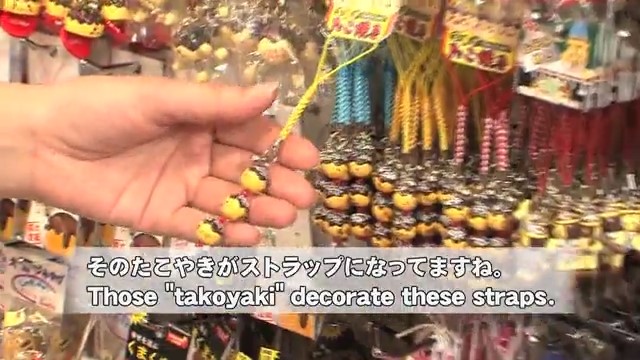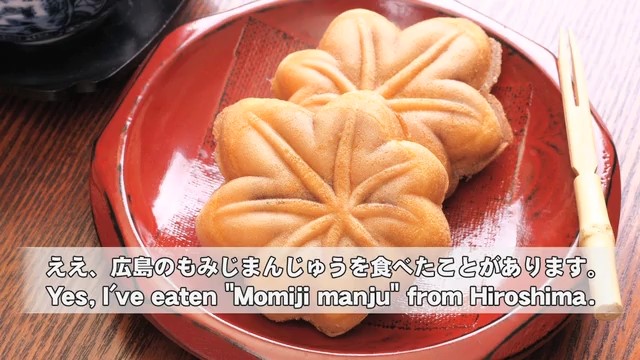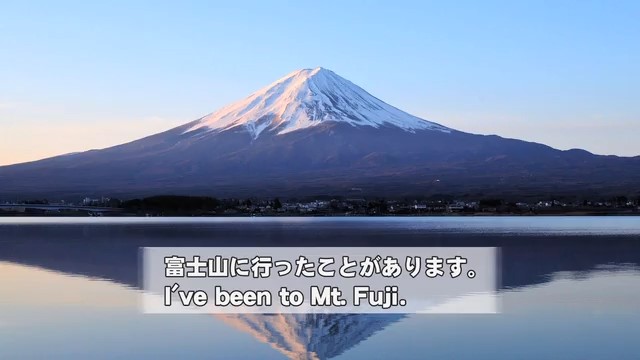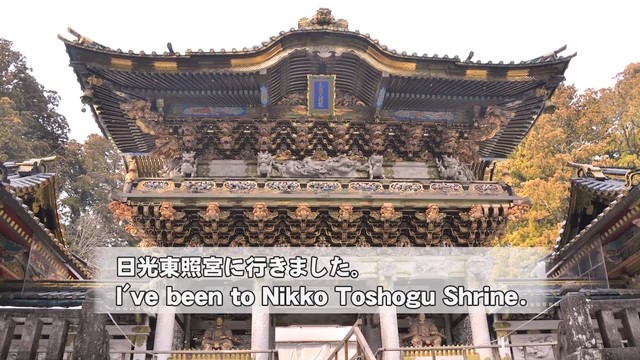-
にほんごNihongo / Japanese
How to address people
-
"San" and "sama"
-
"Chan","kun"or no use of a suffix
-
How the way you address someone changes
-
-
わたしWatashi / Myself
How to say family member
-
My family
-
Family at a wedding ceremony
-
Family photo
-
-
たべものTabemono / Food
Fast food shops
-
Kaiten-zushi (revolving sushi)
-
Stand-and-eat soba noodles and ramen
-
Hamburger shop and coffee shop (Doughnut shop)
-
-
いえIe / Home
Japanese houses
-
A visit to a Japanese home
-
-
せいかつSeekatsu / Daily Life
Morning and night in Japan
-
Morning scenes
-
Evening scenes
-
-
やすみのひ1Yasumi no hi 1 / Holidays and Days off 1
Seasonal events in Japan / Holidays in Japan
-
Spring and summer events
-
Autumn and winter events
-
-
まちMachi / Town
Towns in Japan / Things we can find in a town
-
Walking around town
-
Shopping arcades (1)
Greengrocers and Japanese sweet shop -
Shopping arcade (2)
Knife shop and Kimono shop
-
-
かいものKaimono / Shopping
Japanese souvenir
-
Souvenir shops
-
Who did you buy that for?
-
Have you eaten any of these before?
-
-
やすみのひ2Yasumi no hi 2 / Holidays and Days off 2
Sightseeing spots in Japan
-
Let's go to Nara Park!
-
Have you been there?(1)
-
Have you been there? (2)
-
- Common Japanese surnames
It's said that there are over 100,000 kinds of surnames belonging to Japanese people. Surnames such as Sato (佐藤), Suzuki (鈴木) and Takahashi (高橋) are very common.
- Women's names, men's names
You can usually guess whether a person is male or female when you hear their given name. In the past, girls were often given names ending in -ko (子 = child), but recently the number has fallen.
- Meanings of names
When parents name their child, they put a lot of thought into the meaning of the chinese characters. Recently, it seems kanji that invoke images of nature, like 菜 (vegetable) or 咲 (bloom) are popular for girls, and for boys kanji with a dynamic image such as 大 (big) or 翔 (fly) are popular.
- Names change with marriage
Couples usually choose to use the same surname after they marry. Often, a wife will change hers to the husband's surname, but in some cases a husband may change his name to that of his wife.
- Terms of address when writing a letter
The suffix -san is not used on the address of a letter. Instead, -sama (様) is used. Sama is a more polite form than san. When sending a letter to one's teacher, it is common to use -sensee (先生).
- Bath time communication
Small children often take a bath with a parent. Of course, a small child can't wash themselves alone and it is dangerous to leave them by themselves. However, the bath is also an important place for parent-child communication, where they have the chance to take a soak and talk together.
- Number of brothers and sisters
In a 2015 survey on the number of children of married couples, most had 2 children at 54%, followed by one child at 18.6%. In 3rd place was 3 children at 17.9%, while childless couples made up 6.2% and those with 4 children or more took 3.3%. (2015 The National Fertility Survey)
- A day when the family gets together
The trains and roads become very crowded over the New Year's holiday, not just with people going out to have fun, but also lots of people going back to their hometown for the break. Japanese shoogatsu, where everyone gathers to see in the New Year together is a very important event for the family.
- Reasons for transferring to a workplace away from one's family
In Japan, leaving for a new job post without one's family is not uncommon. One reason not to move as a whole family when a parent changes jobs is for the sake of the children's education. To avoid having the children transfer schools and to make a priority of their smooth advancement to college in the future, the father will sometimes take up a new post and leave the mother and children behind.
- "Mother" and "Mama"
In Japan, it is common to call one's parents "Otoosan (Father)" and "Okaasan (Mother)" but some call their parents "Papa" and "Mama" during childhood. When they get into elementary school, most are said to change how they call their parents to "Otoosan" and "Okaasan".
- Hi-tech kaiten-zushi
Some kaiten-zushi (revolving sushi) shops have IC chips embedded in the plates keep track of business, some have touch panel screens customers use to order, and some even use robots to make the sushi!
- Japanese-style hamburgers
There are some unique Japan-only burgers, where rice is used instead of bread buns, or tofu forms the filling. Foreign dishes or ingredients are often given a Japanese twist when adopted by Japan.
- Ramen soup
The soup base is made from a choice of chicken, pork, beef, fish or a combination of these. Seasonings include soy sauce, salt, miso etc. Other aspects, such as the use of fat or thin noodles, vary by store.
- Shops where men congregate
Male customers are often seen in stand-and-eat soba noodle bars. Recently, however, it seems that more and more female workers are using such places too, as they are quick and convenient.
- A parting greeting when you leave a shop
At ramen shops, stand-and-eat soba bars etc. people eat at the counter then as they leave, or as they pay before leaving, you often hear them say "gochisoosama". The staff reply "arigatoo gozaimashita" as the customers leave.
- The way one's house faces
In Japan, south-facing houses are popular. As many people like rooms that catch plenty of sunlight, the prices are high too.
- Where you take off your shoes
The floor in a Japanese house is usually slightly higher than the entrance. When stepping up to the floor, one takes off their shoes. This happens in a ryokan (Japanese inn) too. Also, shoes must be removed where you see a 土足厳禁 (dosokugenkin, "shoes strictly prohibited") sign.

- Tatami mats and chairs
In the past, people used to sit on tatami mats to eat at mealtimes, but following the westernisation of Japanese life, many people now sit at chairs. Some people use floor cushions called zabuton, or legless chairs called zaisu when sitting on tatami.
- Things often found in the home
More than 70% of households in Japan have an electric 'washlet' toilet seat (2017 Consumer Confidence Survey). Some models enable automatic opening and closing of the toilet lid and flushing. Rice cookers are commonly found in the kitchen, a necessity used to prepare Japan's staple food.
- Paper doors where you can see the outside underneath
There are some shooji (paper doors) used in Japanese rooms, where you can see outside the room at the bottom. These are called yukimi-shooji, and are for seeing snow falling in the garden. Of course, even when there is no snow, one can still see the garden from the room.
- A job pushing people
Some train stations in big cities like Tokyo increase their staff to help the morning rush hour run smoothly. Jobs includes pushing commuters to help them into packed trains, or stopping people getting onto trains for safety reasons.
- Women-only trains
In a bid to avoid gropings and other nuisances, the number of train companies providing women-only carriages has increased. Most are designated women-only during the weekday morning rush hour, although some railways have them for the whole day.
- The time students arrive home from cram school
In a survey conducted by Benesse, half of the elementary pupils attend juku (cram school), averaging 2.4 days a week. (2015 Benesse Survey) Some of the children going to cram school come home later than 21:00 (9 pm).
- Waking up time, going to bed time
The average waking time is 6:32, and the average bedtime is 23:12 (11:12 pm). Between men and women, women wake up and go to bed a little earlier than men. In major metropolitan areas, people sleep and get up later than those outside these areas. (2016 Survey on Time Use and Leisure Activities)
- Lit up landmarks
The lighting up of sightseeing spots or landmarks is something to look for when going out at night. Lit up buildings and Japanese gardens illuminate the darkness around them and offer a different kind of beauty from when seen during the daytime.
- Spring's cherry blossom reports
In springtime, reports on the blossoming of cherry blossoms appear everyday in the newspapers. Information may state "1/3 in bloom", "1/2 in bloom", "full bloom" etc., helping people decide where to go. In Japan many graduation and entrance ceremonies are held in spring, so cherry blossom has become a symbol of both farewells and new encounters.
- Watermelon-splitting
Watermelon-splitting is a fun thing to do at summer events like swimming in the sea. Someone is blindfolded, holds a stick, and the others call out "left", "right", "forward" until he/she reaches a watermelon placed some distance away and tries to split it. Then later, of course, everyone eats it!
- Different names for autumn
Autumn is a good season for lots of things, so it's given many different names.
・'Sports Autumn'. It has a good, cool climate. National Sports Day is held on the second Monday in October.
・'Appetite Autumn'. It is the season for harvesting rice, fruits etc. and it's easy to end up overeating!
・'Reading Autumn'. The nights slowly get longer, so it is a good season for reading books.- Snow sculptures at the snow festival
Snow festivals are held in various places but in the famous festival in Sapporo, Hokkaido, people are entertained by all kinds of statues made of snow and ice. The biggest snow sculpture to date apparently stood 25m tall!
- New Year's Day's busy trades
Many people have New Year's Day off work, but postal workers are really busy delivering New Year's Cards. The delivery of these cards ('nengajoo') begins on January 1st. Various styles of card may include pictures of the year's Chinese zodiac sign, family photos and so on.
- Things you can do at a convenience store
Convenience stores are getting more and more convenient. As well as photocopying, buying tickets and paying taxes, there are now a number of stores that print out photos for you too, if you bring in the data files.
- 'Playground equipment' for grown-ups in the park
As Japan has become an aging society with a declining birth rate, more people are thinking carefully about their health. Along with this, the number of parks that include exercise equipment for adults and old people has increased.
- Long shopping arcades
There are lots of long and thin shopping arcades in Japan. The longest of these is said to be Osaka's Tenjinbashisuji shopping arcade, which is 2.6km long and includes around 600 shops. Some shopping arcades have a theme tune and even their own mascot characters.
- Symbols on a map

① is the symbol for a shrine. It's the image of a torii gate found at the entrance. Town maps use various other symbols too, such as ② for a hospital, ③ for a library, ④ for an onsen (hot spring resort) and so on.- Making it easier for anyone to get around town
Innovations to help elderly and disabled people get around town more easily are increasing, e.g. music plays at crossroads to inform people of signal changes, many staircases have been become slopes, toilets for wheelchair users are more visible and so on.
- Omiyage for the workplace
There are lots of Japanese people who buy omiyage (gifts/souvenirs) for their workmates whenever they go on a trip, whether for business or pleasure. Most choose individually wrapped goodies that can be shared out easily between lots of people.
- Names of confectionery
Lots of omiyage-purpose confectionery includes the place name in the title, e.g. "Tokyo~", "Kyoto~" etc. As such it is clear where the gift came from.
- Fish ice cream
There are lots of different ice creams in Japan that use local specialties from various places as flavours. These include not only fruits, green tea and so on, but fish, potatoes, soy sauce and even coal!
- Drinks to have with Japanese sweets
When eating Japanese confectionery during a traditional tea ceremony people drink powdered green tea, but normally black tea or coffee, as well as Japanese tea, can be drunk as an accompaniment to the sweets.
- Omiyage popular with foreigners
Highest on the list is 'confectionery', which is bought by more than half of all foreigners. Next is 'other foodstuffs, drinks, alcohol & tobacco', and 3rd is 'cosmetics, medical supplies & toiletries'. (2017 Consumer Trend Survey of Foreigners Visiting Japan)
- Clothes to wear when visiting a temple
In most temples, you can visit wearing T-shirts and shorts. However, as they are religious places some sensitivity is needed. Many places will not allow eating or drinking.
- Posing for photos
When on a trip, people often take some souvenir photos. In Japan, when posing for photos many people - from kids to grandparents - make a V-sign (peace sign) with their fingers.
- The number of days away on a trip
According to the 2017 White Paper on Tourism, the average number of trips with accommodations was 1.39. The average number of nights stayed away on a domestic trip was 2.28. The number of people going on holiday is greatest in August during the school summer vacation.
- The purpose of a trip
According to a survey conducted in 2016, many people regardless of age and gender responded with 'to enjoy nature', 'to enjoy historical and cultural places', 'to enjoy the hot springs' and 'to enjoy the food' as their reasons for taking a trip within Japan. (2017 White Paper on Tourism)
- Dialects
There are various regional dialects across Japan. For example, "arigatoo" (thank you) becomes "ookini" in Kyoto, "dandan" in Fukuoka and "an'yato" in Kanazawa. Of course, standard Japanese "arigatoo" is also understood in each region.

